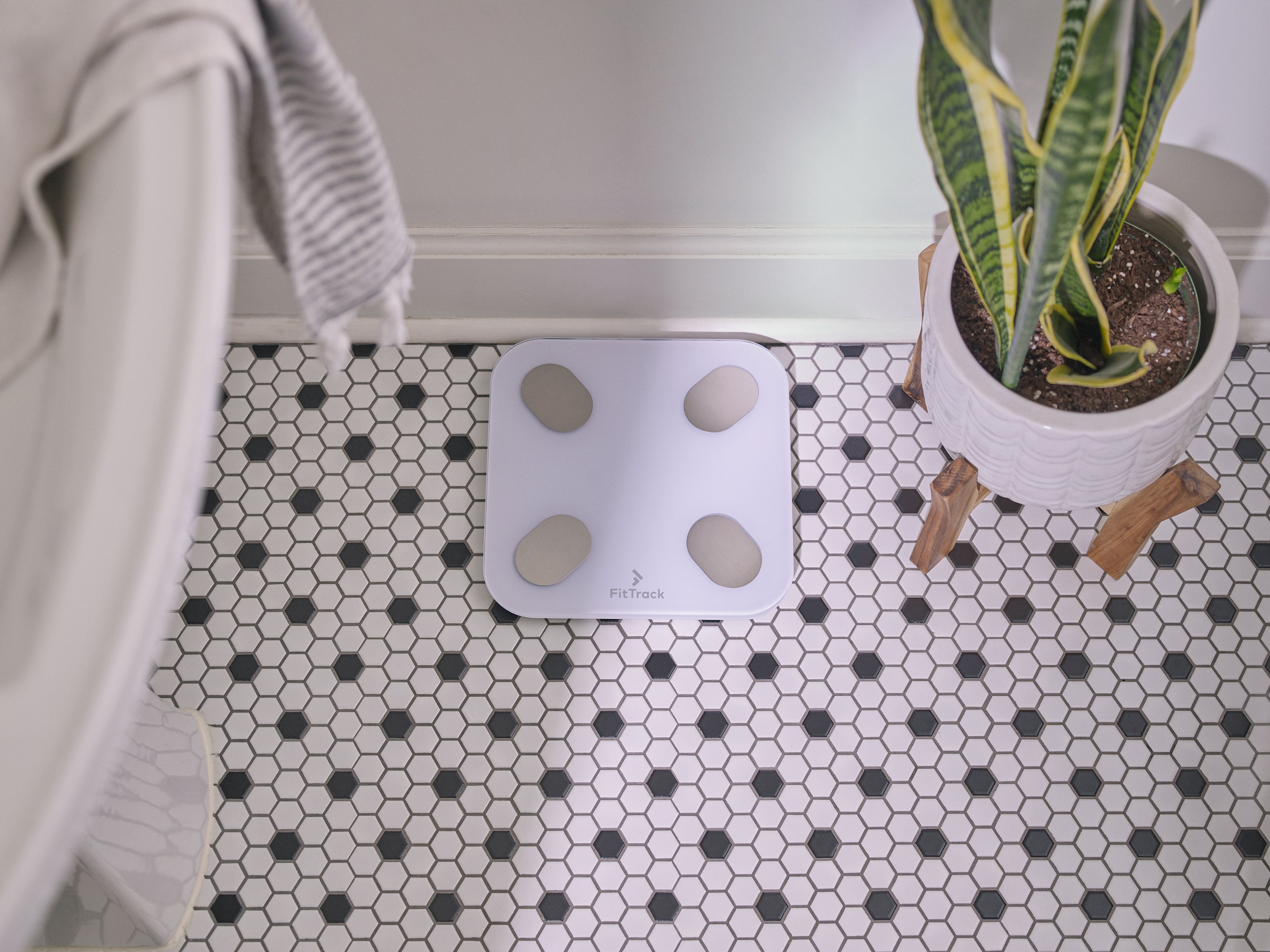What Is A Kcal?
One Kilocalorie (1,000 calories or 1 Kcal) is the energy required to raise 1 Kilogram of water by 1°C.
The scientific measurement of "calorie" is too small to handily work with when discussing nutrition. So we use Kcal instead. Instead of saying that one large chocolate chip cookie is 368,000 calories, we say that it has 368 Calories.
On nutrition labels, when it says "Calories" it is referring to the scientific notation of "kilocalories".

Do you know how many calories you need to eat or burn in a day to maintain a healthy weight?
What about the number of calories burned to lose extra body fat?
The more I've researched, the more I've seen a common question that I felt I should share with #FitTrackers.
When you read food labels or track your diet, you've probably noticed the term KCal. What's the difference between that and Calories?
Having an understanding of KCal versus Calories, coupled with the personalized information a smart scale provides, will improve your ability to set and meet health goals.
KCal vs Calories?
The "Calorie" on food labels refers to the scientific measurement of kilocalories.
Don’t worry; if you're confused by the meaning of KCal, you’re not alone.
Scientifically, 1 kilocalorie (1000 calories or 1 kcal) means the energy it takes to raise the temperature of 1kg of water by 1°C.
If you are a science major, you may deal with calories (lower case c). For everyday calculations, this measurement is too small to provide useful information, so we use Calories (upper case C).

By definition, calories are units of energy so small that a tiny piece of food can provide thousands of them. Simply, 1 Calorie is equal to 1 kilocalorie.
You may wonder why I have used a capital C when writing Calories. This is not a mistake because the capital C in Calories denotes kcal on food labels, Calories and kilocalories are used interchangeably to mean the same thing.
In other words, it is just as normal and acceptable for people to use the small “c” instead of big “C” and say “1 gram of fat gives us 9 calories” in the nutrition world as “1 gram of fat gives us 9 kilocalories or 9000 calories” in the physical science world.
That said, in scientific literature, 1/1000 or a kilocalorie is denoted with the lower c as a "calorie" while a Kilocalorie is denoted with a capital C.
Source: Koninklijke Philips N.V., 2004

Calories and Diet
You don’t need to rethink how you eat now that you know the difference between KCal and Calorie.
The proportion between the two is the same; for example, if you were to eat a recommended 2,000 (kilo)calories every day, technically, this is the same equivalent as 2 million individual calories.
Sounds scary, right? That's part of why we measure in KCals.
It is recommended that you still eat a balanced diet and the recommended calories for your height, weight, age, activity levels, and goals. Using a body fat scale or BMI scale, you can easily and accurately monitor how your calorie intake and physical activity are affecting body weight (in pounds or kilograms), body fat percentage, muscle mass, and almost a dozen other health metrics.
Having this complete picture is so important because, as we all know by now, calories aren't everything when it comes to being healthy.
As well, check out the helpful nutrition- and food-tracking app TrackEats, available for download in many locations. Sign up below to get updates on promotions, new products, and smart scale features, app features, weight loss tips and tricks, and more.







